Creating a sensory-friendly classroom environment does not need to be time-consuming or budget-busting. Today we are sharing 5 tips that can help you turn your classroom into a sensory-friendly classroom for all children.
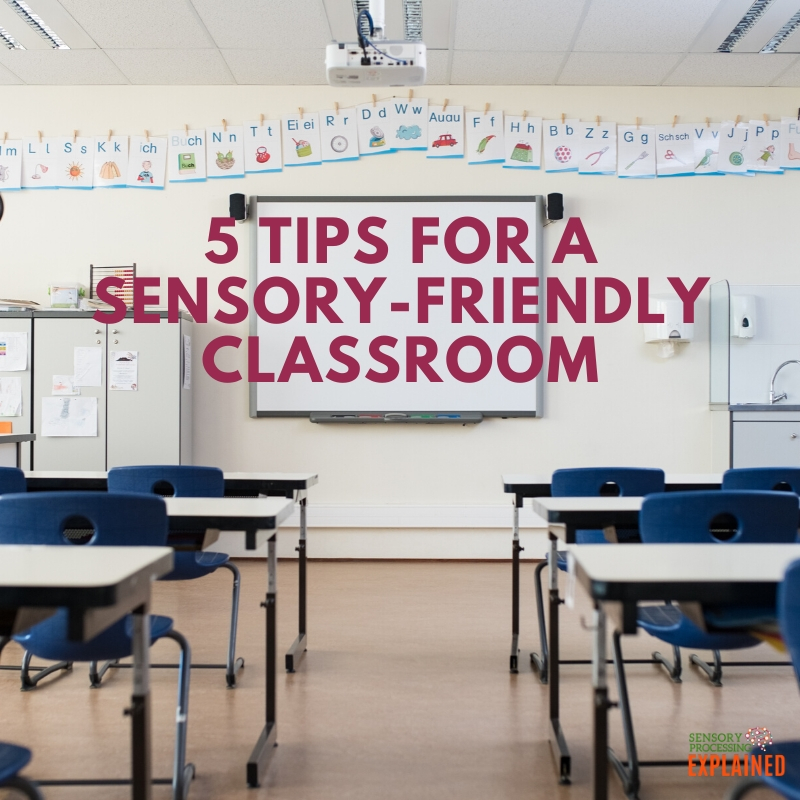
Brain Breaks
The average student can attend for 10-15 minutes at a time before needing a break. A brain break can be as simple as standing up and doing some stretches, having a 30-second dance party, or even just switching to a different location or station.
Setting up sensory-motor walk in your school hallway can be used during transitions in the hallway or before returning to class from lunch/recess.
Remember with all brain breaks to end with a calming type activity to achieve that just-right level of arousal and balance before asking a child to sit down again.
Alternative Seating
If you aren't sure where to start with alternative seating, our therapy friends at The Inspired Treehouse have a great post on alternative seating in the classroom.
You can include wiggle seats, exercise ball, t-seats, ways to stand/kneel, or a rocking chair or bean bag chair in your sensory space.
Alternative Lighting
Florescent lights are not only very bright and unnatural, but they can also cause a “buzzing” noise that may be distracting to children who are hypersensitive to auditory input. Finding some alternative lighting solutions can be a great way to create a sensory-friendly environment in your classroom.
Use Christmas lights if allowed, turn off overhead light or cover lights with heat-safe cover. Replace overhead lights with lamps. Double-check with your school for any safety protocols with the use of extension cords or covering the overhead lights.
Set up sensory corner or space
A sensory space does not need to be elaborate.
Include a rocking chair or bean bag chair, a calming bottle, breathing exercise cards, posters of breathing tips, books, paper, crayons, simple/quiet brain break activities.
Sharla set up a sensory space in one of her closets at home. While it isn't a classroom, she shares a lot of great ideas that can be adapted for a classroom.
Minimize class decorations/visual input
- Be strategic in your visual prompts and decorations.
- Use visual schedules for common routines
- Visual timers for transitions between activities and environments
We talked about all of this in a recent Facebook live video on our Facebook page. You can also watch it below on our YouTube channel.

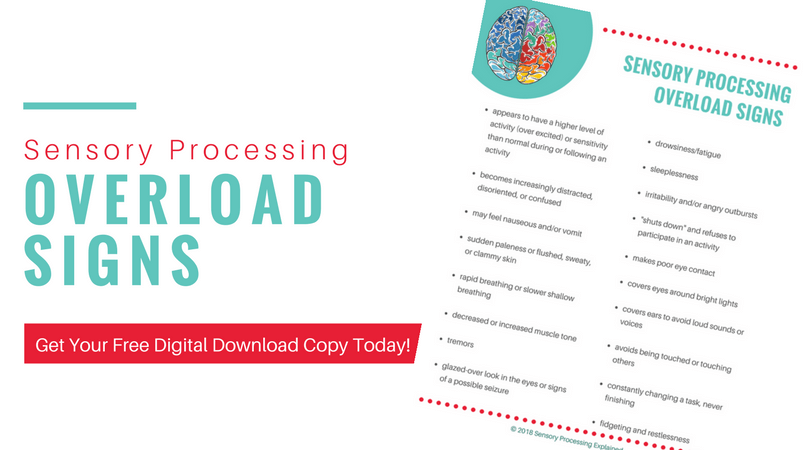

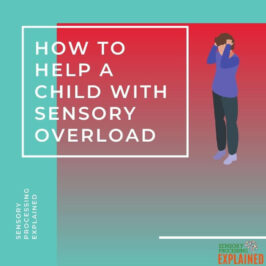
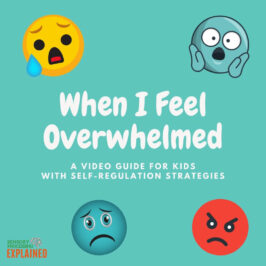


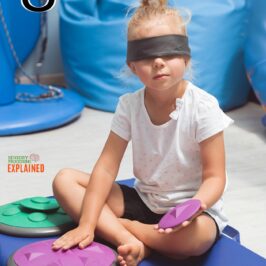
Marietjie
Thanks for reminding me how important it is to provide the correct care in the classroom.
Guðrún Jóhanna Benediktsdóttir
Good day
I am Occupation therapist I am interesting to hear about if you have a course or something about Sensory overload.